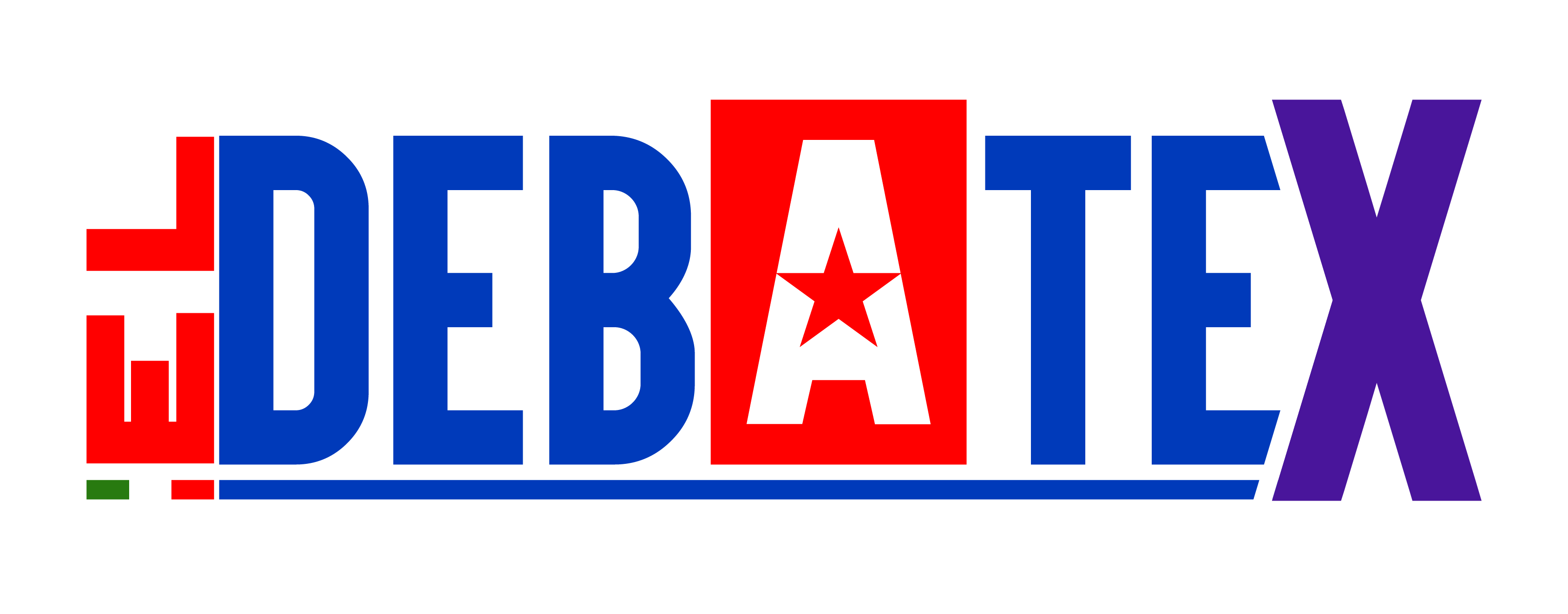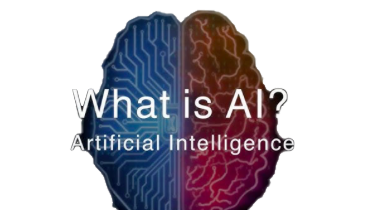By Dr. Alfredo Cuéllar
I. WHAT IS ARTIFICIAL INTELLIGENCE AND WHY DOES IT MATTER?
Artificial Intelligence (AI) is the ability of a machine—especially a computer—to perform tasks that typically require human intelligence: understanding language, solving problems, learning from experience, and making decisions. It is not science fiction; it already exists in virtual assistants, medical diagnostics, surveillance systems, translation tools, chatbots, and autonomous vehicles.
Modern AI, such as ChatGPT, requires massive infrastructure: millions of advanced chips, enormous data centers, constant electricity, water, and high-speed internet. These resources are not evenly distributed. And that changes everything.
II. WHAT THE NEW YORK TIMES REVEALS: A NEW DIVIDE BETWEEN NATIONS
In a major June 2025 report, journalists Paul Mozur and Adam Satariano from The New York Times warn of a new global inequality: the artificial intelligence gap.
Key data:
– Only 32 countries have the infrastructure needed to develop advanced AI.
– The U.S. and China control over 90% of that infrastructure.
– More than 150 countries—including Mexico—lack sovereign AI capabilities.
– Harvard University alone has more computing power than all African-owned data centers combined.
In countries like Argentina, top students are forced to emigrate to access AI tools abroad. As Professor Nicolás Wolovick said: ‘Sometimes I want to cry. We are losing.’
III. WHAT DOES THIS MEAN FOR EDUCATION?
Education with AI vs. education without AI:
In infrastructure-rich countries, students are already learning to program AI, use it to solve complex problems, and automate scientific and social processes. In contrast, in countries like Mexico, millions of students lack even basic computer access, let alone AI tools.
The new illiteracy:
There are now two forms of illiteracy: basic digital illiteracy and AI illiteracy. The second is more serious—it means not understanding the algorithms that shape our banks, hospitals, schools, and governments.
IV. HOW DOES THIS AFFECT MEXICO?
Mexico is in a critical position:
– It is not among the 32 countries with significant data centers.
– It does not produce its own AI chips.
– It lacks a national policy for building technological sovereignty.
– It is excluded from the global decision-making networks that shape AI development.
V. A NEW GLOBAL STRATIFICATION: WHO WINS, WHO LOSES?
AI is dividing not just people, but entire nations:
– Dominant innovators: U.S., China, Western Europe
– Emerging competitors: India, Brazil, Japan
– Subordinate users: Mexico, Chile, Argentina
– Excluded regions: Africa, the Caribbean, Central America
VI. THE MICROPOLITICAL PERSPECTIVE: SOVEREIGNTY, DEPENDENCY, AND CONTROL
From a Micropolitical lens, power no longer lies solely in weapons, money, or oil. The new power is the algorithm. Those who can’t build it will be subordinated to those who can.
This affects national security, economy, culture, education, health, and democracy.
VII. WHAT CAN BE DONE?
Some regions are taking action:
– India is subsidizing data centers and chip production.
– Brazil has pledged $4 billion in AI investment.
– Europe will invest €200 billion in digital sovereignty.
– Africa is building regional hubs with support from Nvidia and Google.
What about Mexico? So far, there is no clear national strategy.
VIII. CONCLUSION: THE FUTURE MUST BE BUILT
Artificial Intelligence is not a luxury. It is the infrastructure of knowledge, medicine, economy, and power. Those without access will be governed by those with control.
‘Digital sovereignty is not optional. It is as essential as education, healthcare, or justice.’
Mexico must decide: will we be architects of the future—or passive consumers of someone else’s algorithm?













